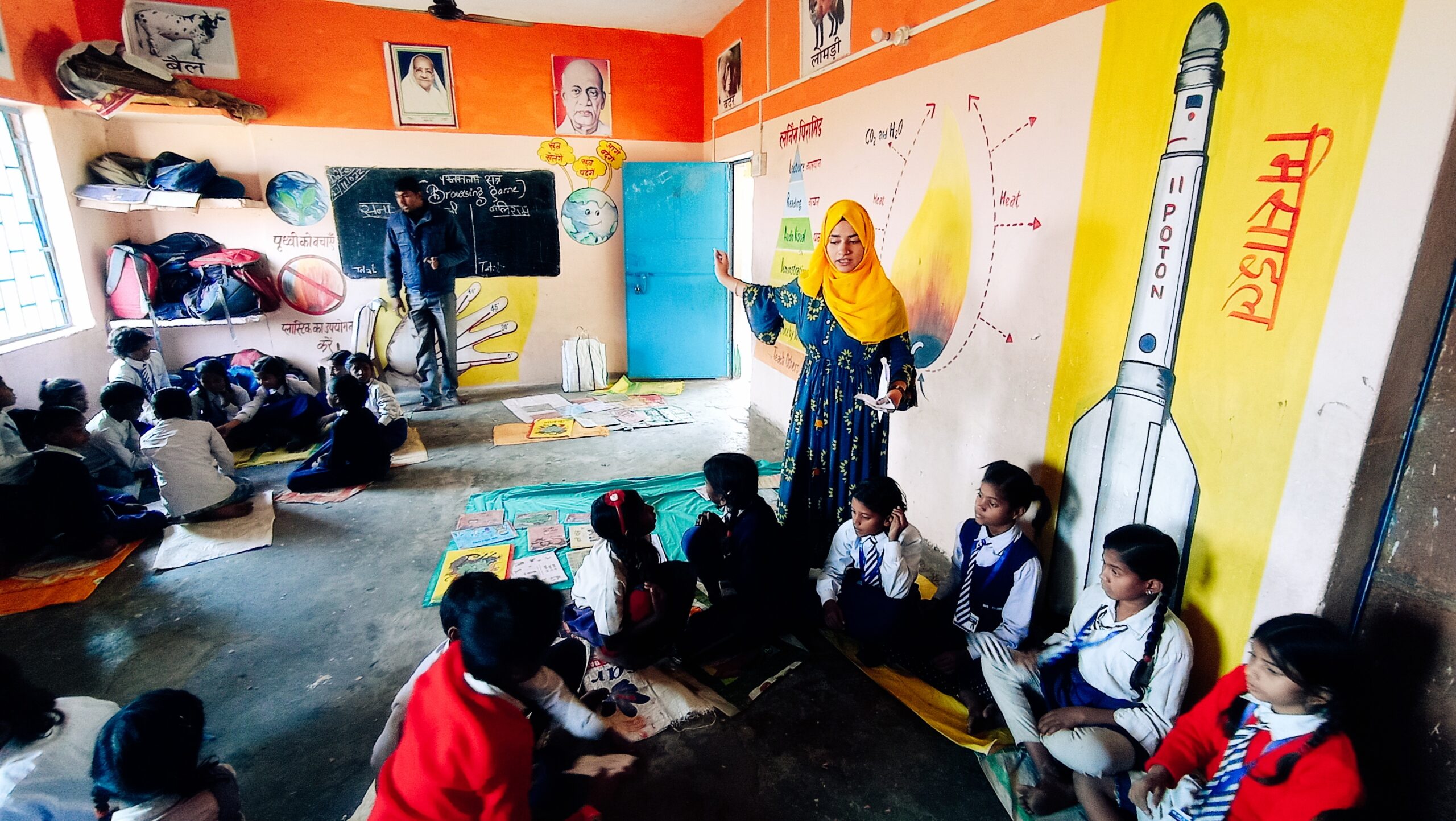As someone who has been fascinated by the mysteries of the human mind, the concept of cognition and how it influences our decision-making has always piqued my interest. During my mid-point training as an India Fellow, I was introduced to the concept of cognitive biases. It shed light on the workings of our brain, the factors that influence our decision-making and can have a significant impact on how we make decisions in our daily lives.
The term ‘cognition’ refers to the mental processes and activities involved in the acquisition, processing, storage, and use of information. Perception, attention, memory, language, problem-solving, decision-making, and reasoning are all examples of mental activities that fall under this category.
It plays a crucial role in our daily lives and influences how we perceive and interact with the world around us. The theory seeks to understand these processes and the underlying mechanisms that support them.
According to the cognitive psychologist Ulric Neisser, cognition can be defined as “Those processes by which the sensory input is transformed, reduced, elaborated, stored, recovered, and used.”
Cognitive biases can arise from the limitations and shortcuts of our cognitive processes. These are errors in thinking caused by mental shortcuts or heuristics.
How Does Cognition Lead To Bias
Our minds are incredible tools, capable of processing massive amounts of data and making quick decisions. However, this ability has some inherent flaws. These biases can influence how we perceive the world around us, interpret information, and make decisions.
Nobel Prize-winning economist Daniel Kahneman’s book, Thinking, Fast and Slow examines the two ways of thinking that influence our decision-making. According to him, the human mind has System 1, which is quick, automatic, and intuitive, and System 2, which is slower, more deliberate, and more laborious. System 1 thinking is vulnerable to cognitive biases because it relies on mental heuristics and shortcuts, which can result in judgmental errors.
Kahneman, D. (2011). Thinking, fast and slow
While cognitive biases can be useful at times, they can also lead to errors and irrational thinking, both of which can have negative consequences. There are dozens of them. However in this blog, I will explore how some of the most common ones impact our daily lives. These include confirmation bias, hindsight bias, the availability heuristic, sunk cost fallacy, anchor bias, negativity bias and self-serving bias. You can read about them here.
How These Biases Impact Our Daily Lives
- Make it challenging for us to alter our beliefs or behaviours in the face of new information
- Overestimate our skills and underestimating how much luck plays a role in our success or failure
- Use information that is inaccurate to make judgments or decisions
- Squander time and resources on futile endeavours or choices
- Fail to consider alternative options or perspectives when making decisions, results in suboptimal outcomes
- An excessive concentration on unpleasant events can exasperate stress and anxiety and have a negative impact on relationships as well as general well-being
- Overconfidence and an inability to accurately assess one’s own abilities can have a negative effect on one’s ability to make decisions and interact with other people. It also leads to inability to take responsibility for one’s own actions and a refusal to learn from errors.
What Can We Do
Following are some useful strategies for recognizing and overcoming cognitive biases and ways to improve our decision-making processes. I’ve taken these from suggestions by Kahneman in ‘Thinking Fast and Slow’:
- Develop awareness
- Engage Systems thinking
- Question assumptions
- Seek out diverse perspectives
- Break down complex decisions
- Be open to changing your mind
- Develop mental discipline
How I Can Apply It In My Organization
While reflecting on my experience, work, decision-making, and interactions at PRAYOG, I was able to identify how these biases could be crucially significant to my work. Here, we work on library education with children who come from a range of socio-economic backgrounds. To introduce and connect them with a wide variety of books and give them nurturing library exposure, we plan weekly engagement sessions. It is essential for library educators to be aware of their biases in order to design and plan activities that are appropriate for children’s needs and context.

These are a couple of ways in which the understanding and awareness of cognitive biases can be relevant:
- Understanding the biases of stakeholders: As library educators, we are often involved in working with diverse groups of stakeholders, including children community members, government schools, teachers, and donors. Being aware of their biases can help us to better understand their perspectives and decision-making processes to then avoid errors in our decisions.
- Avoiding ‘one-size-fits-all’ solutions: When designing interventions, it can be easy to fall into the trap of assuming that something that has worked in one context or setting, will by default, work in another. By being aware of these biases, we can mitigate risks in planning our engagement sessions, avoid quick-fix solutions, and tailor our interventions to specific needs of children.
In any line of work, we can create interventions that are more efficient, adaptable, and equitable. Working diligently to check them for biases can enable us in making more sensible and knowledgeable decisions.
References:
- Kahneman, D. (2011). Thinking, fast and slow. Farrar, Straus and Giroux.
- Gilovich, T., Griffin, D., & Kahneman, D. (Eds.). (2002). Heuristics and biases: The psychology of intuitive judgment. Cambridge University Press.
- Dobelli, R. (2013). The art of thinking clearly. HarperCollins.




0 Comments